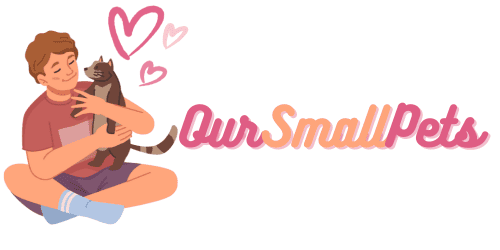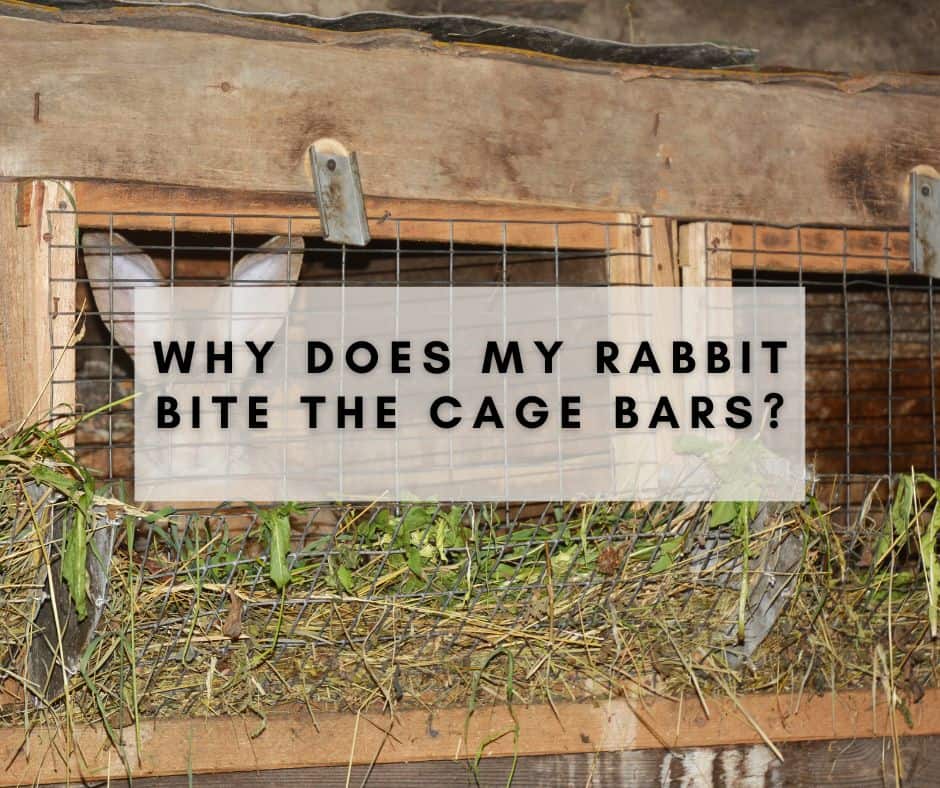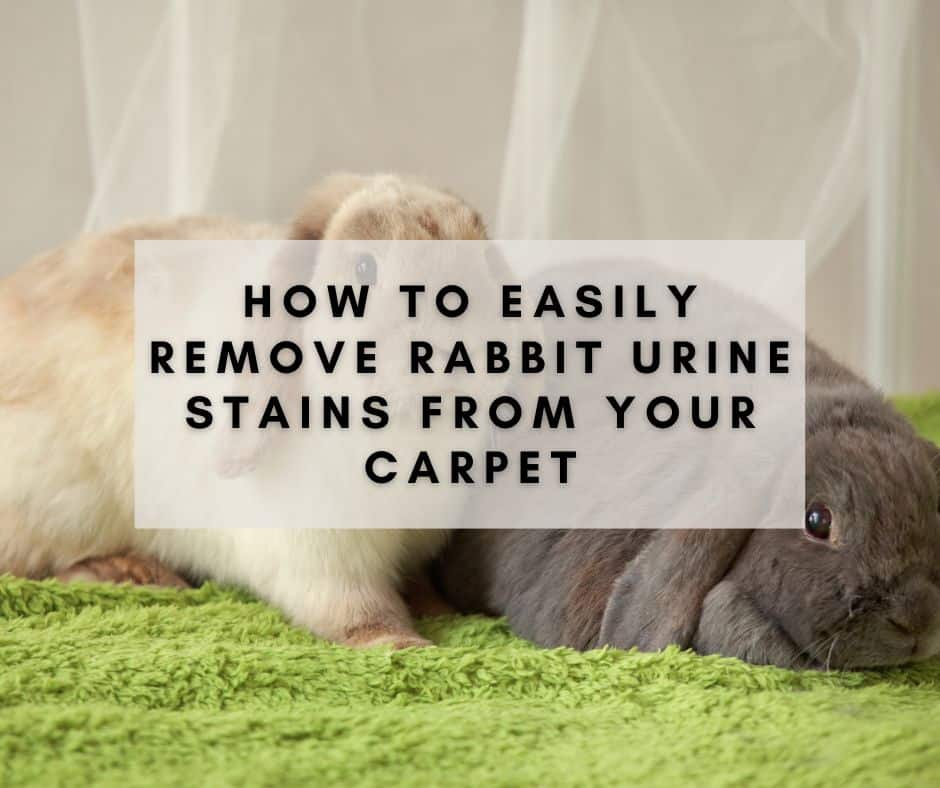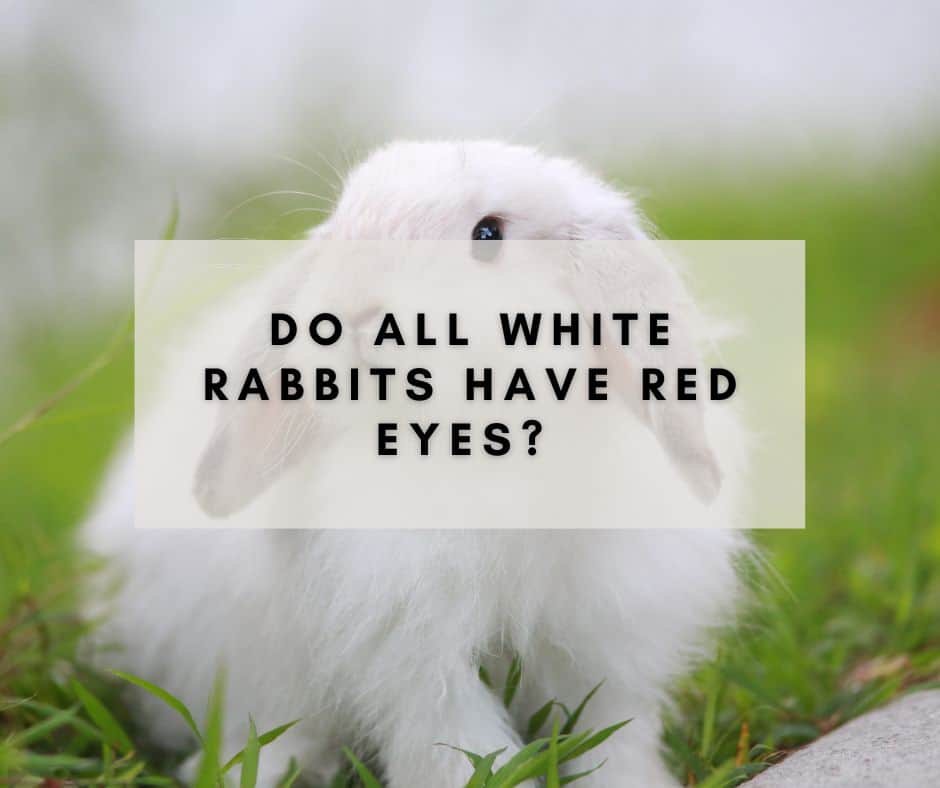
Bearded dragons make great pets. they’re friendly and docile, and they don’t require a lot of care. One thing you do need to pay attention to, however, is the type of substrate you use in their habitat. Changing it too often can cause problems for your pet.
A few different types of substrates can be used for bearded dragons. The most popular is sand. Sand is easy to find and relatively inexpensive. It also holds heat well, which is important for your bearded dragon’s health.
As a matter of fact, you should change your bearded dragon substrate every few months. This will help to prevent any build-up of bacteria or other harmful substances. It’s also a good idea to spot clean the substrate regularly, even if you don’t change it entirely. This means removing any waste or uneaten food that your bearded dragon has left behind.
However, I would like to note that using newspaper, a reptile mat or even tiles could greatly benefit you and your bearded dragon. These types of substrates are much easier to clean and don’t need to be changed as often. There are recorded cases of bearded dragons eating small substrates and causing intestine blocking and other health-related issues.
Contents
How Often Should You Clean Depending on The Substrate?
It is important to note that different substrates will require different cleaning schedules. For example, sand needs to be changed every few months, while newspapers need to change almost daily or weekly.
Here is a list of different substrates and how often you should deep clean them:
- Sand: every 3-4 months
- Reptile mat: every 3-6 months
- Newspaper: changed every day or week
- Tiles: every 6-12 months
As you can see, it is important to pay attention to the type of substrate you use for your bearded dragon. Changing it too often can cause problems, but not changing it often enough can also be harmful to your pet. Be sure to follow the cleaning schedule that is appropriate for the type of substrate you use. And as worth mentioning, if you see your substrate or tank becoming dirty, don’t hesitate to clean it sooner. A clean environment is a happy and healthy environment for your bearded dragon!
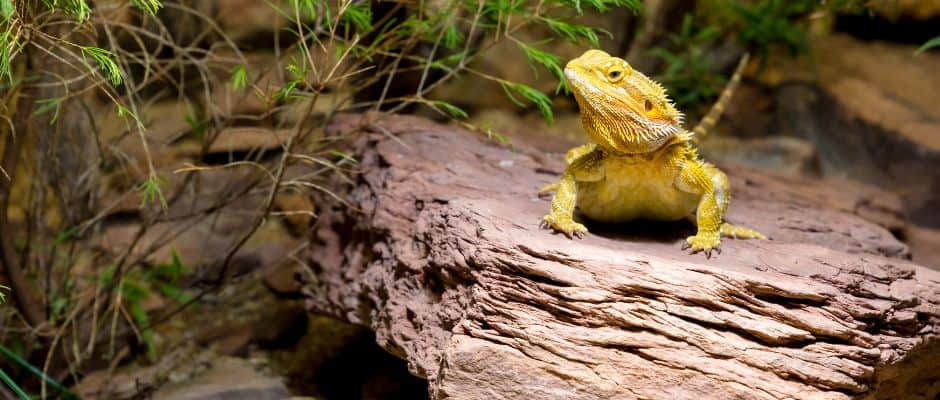
Is Sand or Carpet Better for Bearded Dragons?
Bearded dragons are desert-dwelling lizards that do best in hot, arid environments. for this reason, sand is often considered the best substrate for them. Carpet, on the other hand, can hold moisture and humidity, which can lead to health problems for your bearded dragon.
While sand is the preferred substrate for bearded dragons, there are some drawbacks. Sand can be messy and it can get into your bearded dragon’s food and water. It can also be difficult to keep clean. If you decide to use sand, be sure to spot clean it regularly and change it completely every few months.
Also as mentioned above, sand could potentially be ingested by your bearded dragon while they are exploring their habitat or looking for food. If this happens, it could cause health problems such as intestinal blockages.
What Should Be in A Bearded Dragon Tank?
If you’re just starting out, you may be wondering what you need to set up a proper bearded dragon habitat. The list below covers the basics, but be sure to do additional research to ensure that your pet has everything they need to thrive.
- A glass or plastic tank that is at least 40 gallons (151 liters) for a younger dragon, or 75 gallons (284 liters) for a fully matured dragon
- A tight-fitting screen lid
- A basking spot with a heat lamp
- A UVB light
- A hiding spot
- Live plants (optional)
- Bearded dragon food and water dishes
- Bearded dragon substrate (or as mentioned above, tiles, reptile mat, or newspaper)
If you are unsure, there are plenty of kits on the market. I’ll leave a link here to a good starting kit.
What Is the Best Flooring Material for Bearded Dragons?
Newspaper
The best flooring material for bearded dragons is tile, a reptile mat, or newspaper. These materials are easy to clean and don’t hold moisture or humidity. They also can’t be ingested by your pet, which eliminates the risk of health problems such as intestinal blockages.
If you have a baby or juvenile bearded dragon this is often the best substrate. Papers are effortless and cheap to replace, making them perfect for those who don’t want any more trouble than necessary with tank maintenance! The paper also benefits from not affecting humidity levels in your enclosure since they’re so lightweight–and if it gets too wet then just roll up some new papers into place every now and again as needed.
Tile
Tile is another excellent substrate for bearded dragons. It is easy to clean and can’t be ingested by your pet. Tile also holds heat well, which is important for your bearded dragon’s health.
When it comes to choosing the right flooring material for a bearded dragon enclosure, tile is an excellent option. Tile is easy to clean, and it won’t hold onto bacteria or other contaminants the way that carpet or other materials can. In addition, tile is a hard surface, so it won’t be damaged by your bearded dragon’s claws the way that softer materials can be.
Tile is also a non-slip surface, which is important for safety when your bearded dragon is climbing around. Overall, tile is a great choice for flooring in a bearded dragon enclosure, and it can help to keep your pet healthy and safe.
Reptile mat
When it comes to choosing the right flooring material for a bearded dragon enclosure, reptile mats are a great option. Reptile mats are durable and easy to clean, and they can provide your bearded dragon with a safe place to grip when they are climbing around.
In addition, reptile mats are often textured, which can help to keep your bearded dragon’s nails clean and healthy. Overall, reptile mats are a great choice for flooring in a bearded dragon enclosure, and they can help to keep your pet healthy and safe.
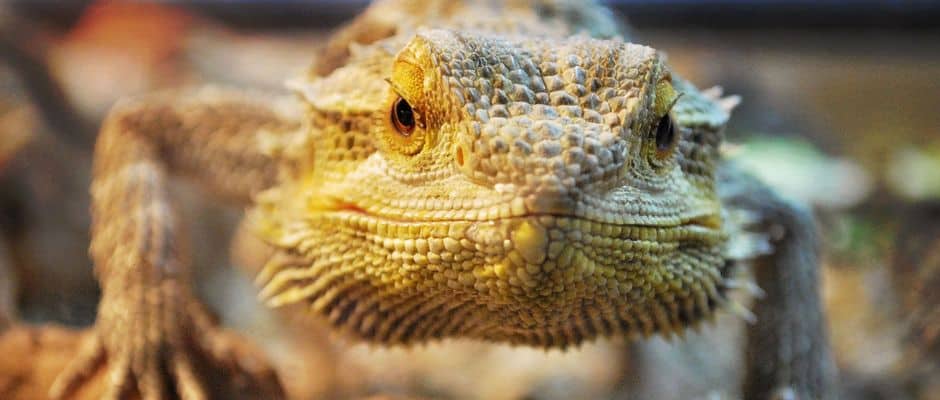
What size tank should bearded dragons have?
The size of the tank will depend on the age and size of your bearded dragon. A baby or juvenile bearded dragon will need a tank that is at least 40 gallons (151 liters). A fully matured bearded dragon will need a tank that is at least 75 gallons (284 liters). If you have more than one bearded dragon, you will need a larger tank. Be sure to do additional research to determine the correct size tank for your pet.
| Age & Size | Smallest Tank | Largest Tank | |
|---|---|---|---|
| Baby | up to 10″ | 20 Gallon | 40 Gallon |
| Juvenile | 10″ – 18″ | 55 Gallon | 75 Gallon |
| Mature Adult | 18″+ | 75 Gallon | 120+ Gallon |
| Geriatric Adult | 18″+ | 75 Gallon | 120+ Gallon |
Summary
Bearded dragons are lizards that come from the desert regions of Australia. They are popular pets because they are relatively easy to care for and are docile by nature.
When choosing a substrate for a bearded dragon enclosure, it is important to choose a material that is easy to clean and can’t be ingested by your pet. Best choices for bearded dragon substrates include tile, a reptile mat, or newspaper. Be sure to choose a substrate that is the appropriate size for your pet and its enclosure.
References:
https://cvm.ncsu.edu/wp-content/uploads/2016/12/Caring-for-your-Bearded-Dragon.pdf
